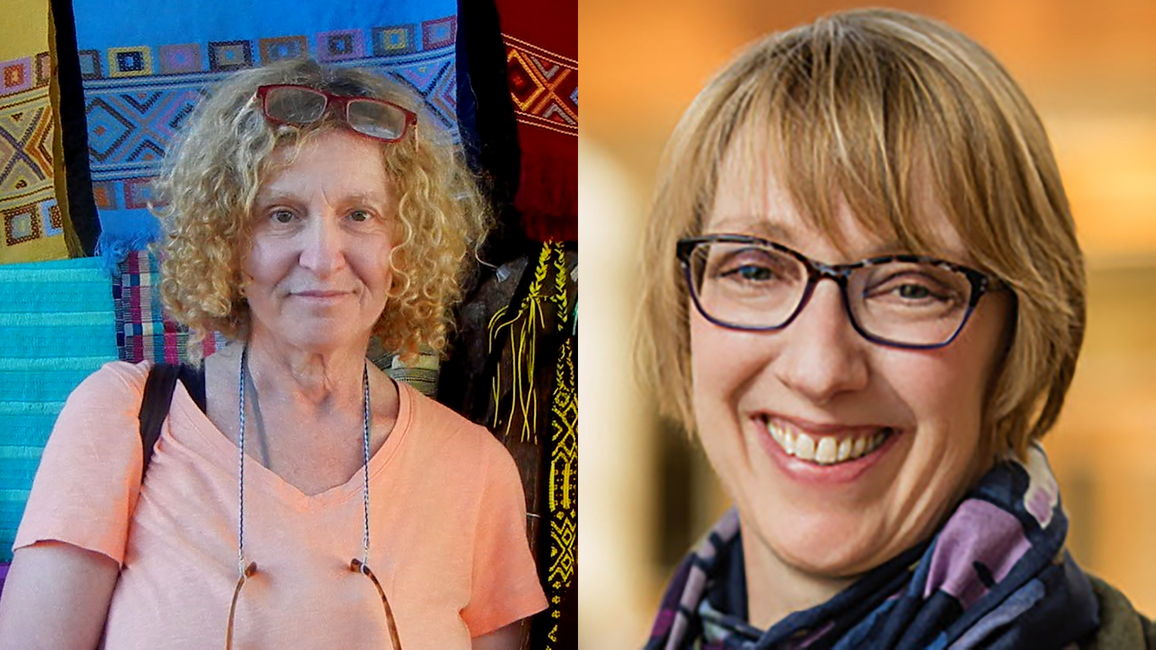
The City of Chicago's Department of Cultural Affairs and Special Events (DCASE) has awarded a grant of $50,000 for a Chicago Monuments Project to Hinda Seif, associate professor of Sociology/Anthropology at the University of Illinois Springfield, and Laurie Matheson, director of the University of Illinois Press. This grant will support a monuments project addressing historic events and people that have shaped the Latina experience in the Pilsen neighborhood. Part of the project will honor the memory and legacy of a significant 1979 Pilsen street fair (the Festival de Mujeres) that was organized by the bilingual/bicultural organization Mujeres Latinas en Acción.
The idea of commemorating Latina activism in Pilsen was inspired by the book “Chicanas of 18th Street: Narratives of a Movement from Latino Chicago”by Leonard G. Ramírez published by UI Press in 2011. The book presents oral histories of six Chicana activists working in Chicago during the 1960s and 70s: Yenelli Flores, María Gamboa, Isaura González, Victoria Pérez, Magda Ramírez-Castañeda and Cristina Vital.
“It is so important to work towards a public vision of Chicago that is fully inclusive of Latina histories. For more than 15 years, the University of Illinois Press has played a leadership role in documenting these Latina/o/x experiences and histories through its book series ‘Latinos in Chicago and the Midwest,'" said Seif. Matheson noted, "Our hope is that shining a light on the work of Latina community leaders and activists in Chicago will provide a historical anchor and source of empowerment for community members, especially youth.”
The Chicago Monuments Project intends to grapple with the often unacknowledged – or forgotten – history associated with the City’s various municipal art collections and provides a vehicle to address the hard truths of Chicago’s racial history, confront the ways in which that history has and has not been memorialized, and develop a framework for marking public space that elevates new ways to memorialize Chicago’s history. The call for ideas emphasized unconventional monuments that invite community engagement.


